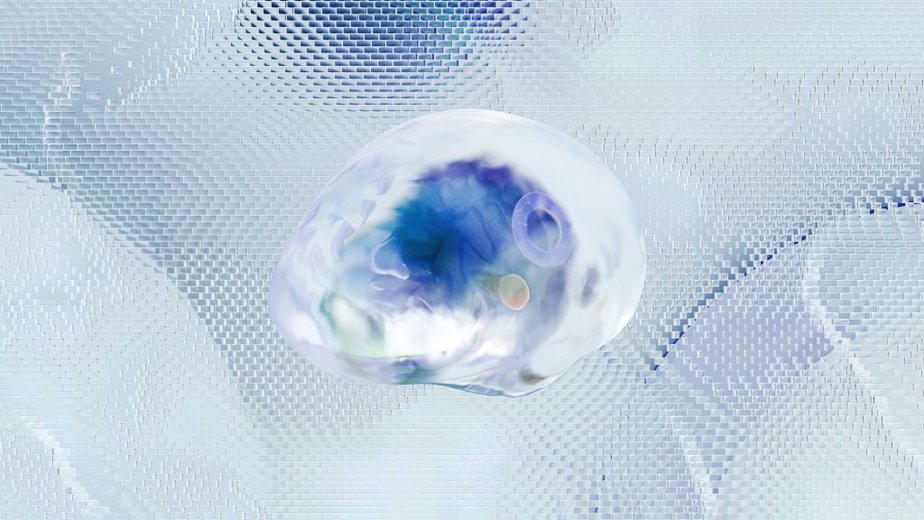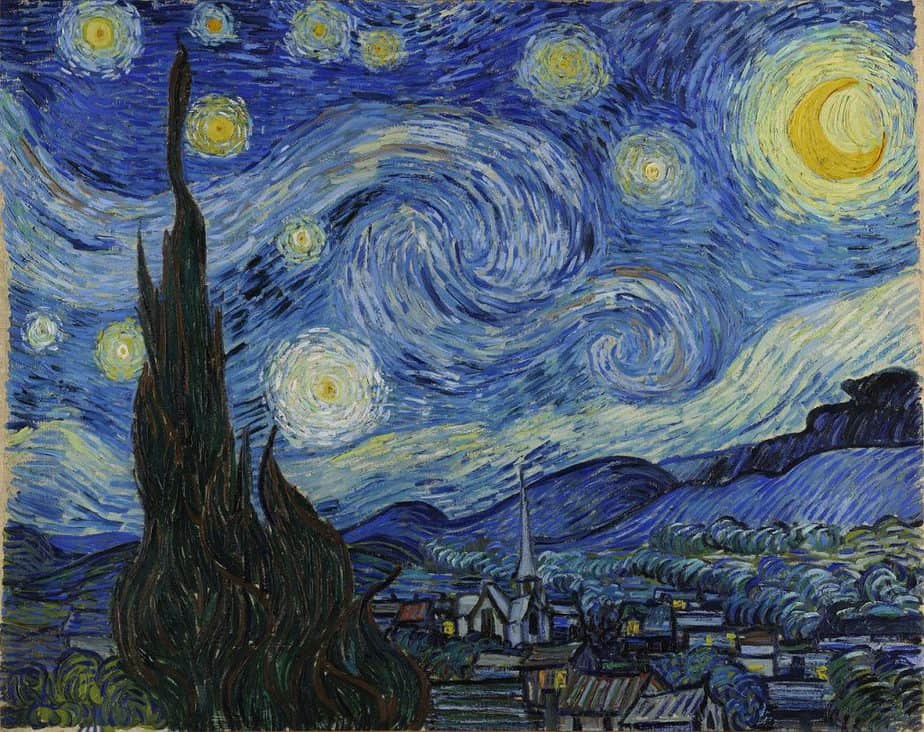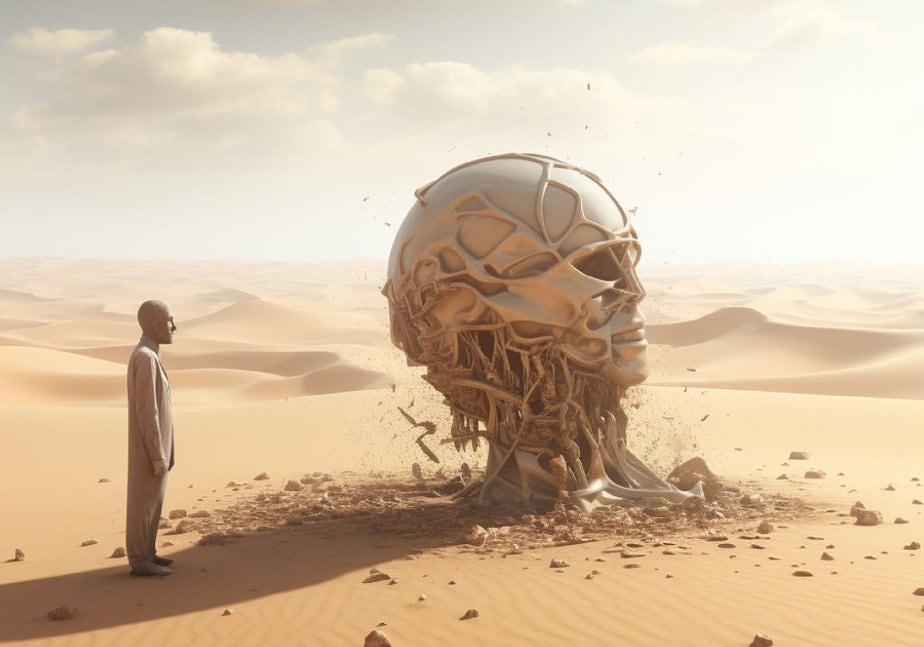Neuroscience explores the brain’s structure, function, and connectivity, shedding light on the complexities of the nervous system and its role in cognition, behavior, and health. Art and neuroscience can be connected in various ways. Art can be used to study the human brain and provide insights into brain functions.
At the same time, neuroscience can help to explain the cognitive and emotional processes that underlie artistic creation and appreciation. For instance, studies have shown that viewing art can activate the same brain regions that are involved in other cognitive and emotional processes.

Moreover, creative activities, such as painting and drawing, have been found to promote neural plasticity, which can positively affect brain health. Therefore, exploring the relationship between art and neuroscience can lead to a better understanding of the human brain and its potential for creativity and expression.
Creativity and Artistic Process
Neuroscience has examined the neural processes involved in artistic creativity. Studies have revealed brain activation patterns during creative tasks, providing insights into the cognitive and neural mechanisms underlying artistic expression.
Art Therapy and Well-being
Neuroscience has explored the effects of art on the brain and its potential therapeutic benefits.
Research has shown that engaging in art-making activities can have positive effects on mental well-being, stress reduction, and emotional regulation. By integrating neuroscience with art research, we gain a deeper understanding of the physiological and psychological processes that underpin our engagement with art, enriching our appreciation and interpretation of artistic expressions.
By integrating neuroscience with art research, we gain a deeper understanding of the physiological and psychological processes that underpin our engagement with art, enriching our appreciation and interpretation of artistic expressions.
When we see a piece of art, our brain undergoes a complex series of processes and activations. Here are some key aspects of what happens in our brains.
Visual Processing
The primary visual cortex and other visual processing areas in the brain analyze the visual information, detecting shapes, colors, lines, and textures present in the artwork.
Emotion and Reward
The amygdala and other brain regions associated with emotion and reward processing are activated when we view art.
This can evoke emotional responses, pleasure, or a sense of beauty depending on our individual preferences and interpretations.
Attention and Engagement
The brain’s attention networks become engaged, focusing our cognitive resources on the artwork. This involves the frontal and parietal lobes, which help us direct our attention and maintain focus.
Memory and Association
The hippocampus and other memory-related regions facilitate the formation of memories associated with the artwork. These memories can be influenced by personal experiences, cultural background, and prior exposure to art.
Let’s consider the example of Vincent van Gogh’s art, particularly his famous painting “Starry Night.” Suppose you have seen and studied “Starry Night” a multiple times, becoming familiar with its style, colors, and composition. In this case, your brain develops connections and neural pathways related to this artwork.

Repeated exposure to Vincent van Gogh’s “Starry Night” can affect your brain in several ways.
It can activate your brain’s visual processing areas, trigger memory retrieval processes, help you recognize distinct features, and evoke emotional responses.
Over time, this repeated exposure can lead to the development of a network of interconnected neurons in your brain, enhancing your appreciation and understanding of the artwork.
Interpretation and Meaning
The prefrontal cortex, involved in higher-order cognitive processing, is engaged in interpreting and attributing meaning to the artwork. This area helps us analyze the content, symbolism, and narrative of the piece.
Mirror Neurons and Empathy
Mirror neurons in the brain, located in areas like the premotor cortex, may be activated when we observe art that depicts human actions or emotions.
This can contribute to a sense of empathy or resonance with the depicted subject matter.
The appreciation of art involves complex neurobiological processes that are influenced by various factors such as familiarity, complexity, and emotional content.
Here’s a discussion of how these factors can affect the appreciation of art from a neurobiological perspective.
Familiarity
Familiarity with a particular style, artist, or subject matter can impact art appreciation.
Neurologically, repeated exposure to certain artistic elements can lead to increased activation and connectivity in the brain regions responsible for processing and categorizing visual information.
This familiarity can enhance the overall enjoyment and understanding of the artwork.
When you actively follow and study specific artists associated with particular art styles, your brain can develop specialized neural networks that facilitate the recognition, interpretation, and appreciation of those styles. As a result, familiarity with a particular art style through following specific artists can create connections in the brain.
For instance, if you are familiar with the art style of Cubism and have studied the works of Pablo Picasso, your brain can develop connections related to this artistic movement. As you encounter Picasso’s Cubist paintings, such as “Les Demoiselles d’ Avignon” or “Guernica,” specific neural pathways associated with recognizing and interpreting the fragmented forms, multiple perspectives, and geometric shapes of Cubism become strengthened.
Complexity
The complexity of an artwork can engage multiple neural networks involved in attention, visual processing, and cognitive control.
Complex artworks may stimulate higher levels of neural activation and require more cognitive effort to interpret and appreciate.
These experiences can lead to a sense of intellectual stimulation and aesthetic pleasure.

Artworks like the Mona Lisa is complex and require interpretation and appreciation using our cognitive abilities. This means that multiple areas of our brain are activated when we look at them. Understanding and appreciating such art can be challenging, but it is also rewarding.
Emotional Content
Artworks that evoke strong emotions can elicit heightened activity in brain regions associated with emotional processing, such as the amygdala and insula.
Emotional engagement can enhance the overall impact and memorability of the artwork.
Additionally, the emotional content of art can elicit personal associations and trigger autobiographical memories, further enriching the appreciation process.
Cognitive Processes
Appreciating art involves various cognitive processes, including perception, attention, memory, and interpretation.
Different brain regions, such as the visual cortex, prefrontal cortex, and hippocampus, play essential roles in these processes.
Integration of sensory information, analysis of visual features, and the construction of meaning all contribute to the overall aesthetic experience.
Conclusion
It’s important to note that individual differences in brain structure, function, and personal experiences can influence the appreciation of art. Neurobiological responses to art are highly subjective and can vary from person to person. Understanding the underlying neurobiological processes can provide insights into the diverse ways in which individuals perceive, interpret, and appreciate art.
The article contains sponsored affiliate links from Amazon to valuable resources.


